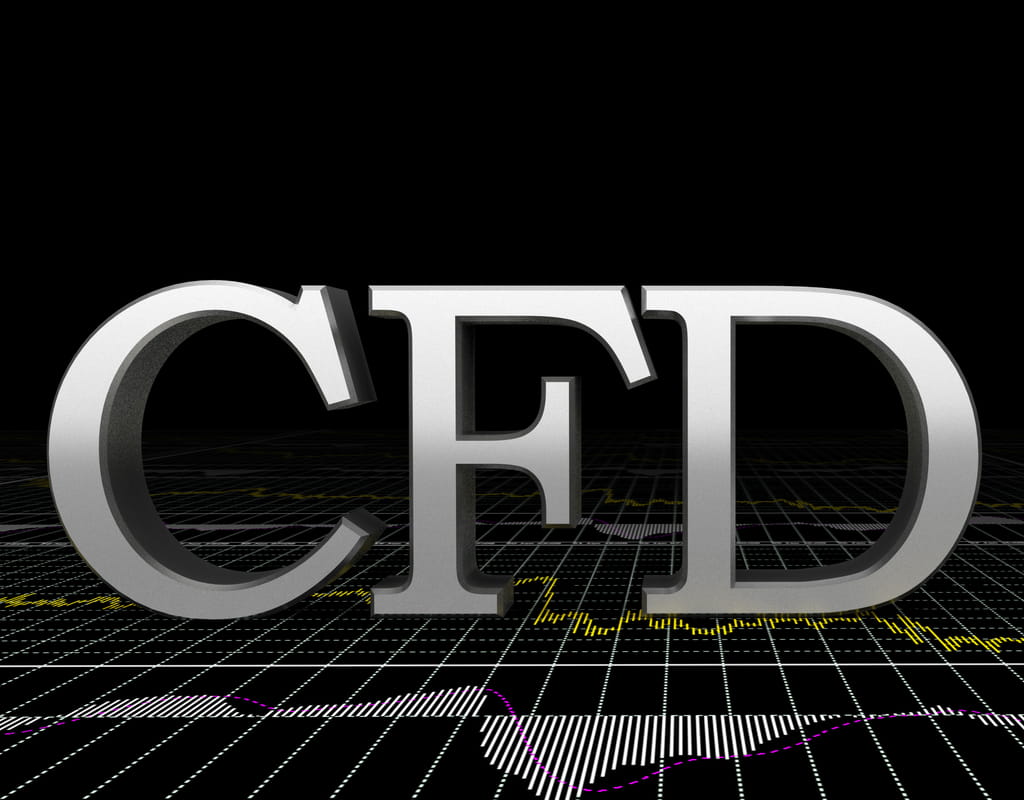CFD exchange is referred to as ‘the acquisition and disposal of CFD’ and ‘CFD’ is referred to as ‘the gap deal.’ CFDs are derivatives, and allow you to splash financial markets like bonds, forexes, indexes and securities without having to buy the underlying properties. They are derivative goods.
You agree to swap the difference in the value of an asset from the point in time the deal is opened to when it is closed, instead, when you sell a CFD. One of the key advantages of CFD trading is that you can speculate on pricing changes in any direction, based on how right your prediction is correct.
Concept of leverage in CFD
CFD is leveraged to allow you to become exposed to a large role, without the entire cost needing to be borne at the beginning. You want an equal position of 500 Apple shares to be opened. This will mean investing cost as the whole of the shares in advance with a regular trade. In the other side, you might have to pay just 5 per cent of the expense for a variance deal.
Although debt helps you to stretch your money much more, it is essential to note that the total size of your position will continue to measure your benefit or loss. In our case, the difference will be from the point you opened the trade to the point where you closed it at the price of 500 Apple shares. That ensures that all benefit and expenses can be significantly improved in comparison with the spending. It is necessary, therefore, to keep an eye on the leverage ratio and ensure that you trade in your way.
The concept of CFD trading
How does this deal work, then, exactly? In theory, the benefit and loss are determined by considering the market differential between the end of a deal and the termination. That means that you are paid the difference between the price at the start of the contract and the price at the end of the contract by the broker – or seller. The dealer – “buyer” – pays the difference until the damage is incurred.
The key to your profit or loss calculation is the difference between the price you enter and the prices when you exit, multiplied by the number of CFD units you enter. A wide variety of markets are offered for CFDs. With FXTM, for example, CFD trader has many benefits in terms of direct selling of securities, indexes, commodities and cryptocurrencies. You can visit the detailed contract specifications page of FXTM to learn more about the different CFDs offered.
What are the risks involved in CFD trading?
The appeal of CFD trading is that only a small fraction of the value of the land you sell must be spent. Trading margins may amount to as little as 1%, but if you take a position worth $20,000, a $200 deposit may not be needed – not a large amount for an investor with a sleeve.
The income you make will depend on the maximum value of the commodity while you have a profit margin. This ensures that the tiny margin deposit needed to retain CFD will comfortably outweigh your earnings. However, you can risk more than your original investment, if you make it poorly and take a loss. The most significant risk in trading with CFD rests therein. If your positions stay open at the end of trade – which means overnight – you will still be liable to keeping costs. Provision fees can also apply depending on the exchange site or dealer you choose.
